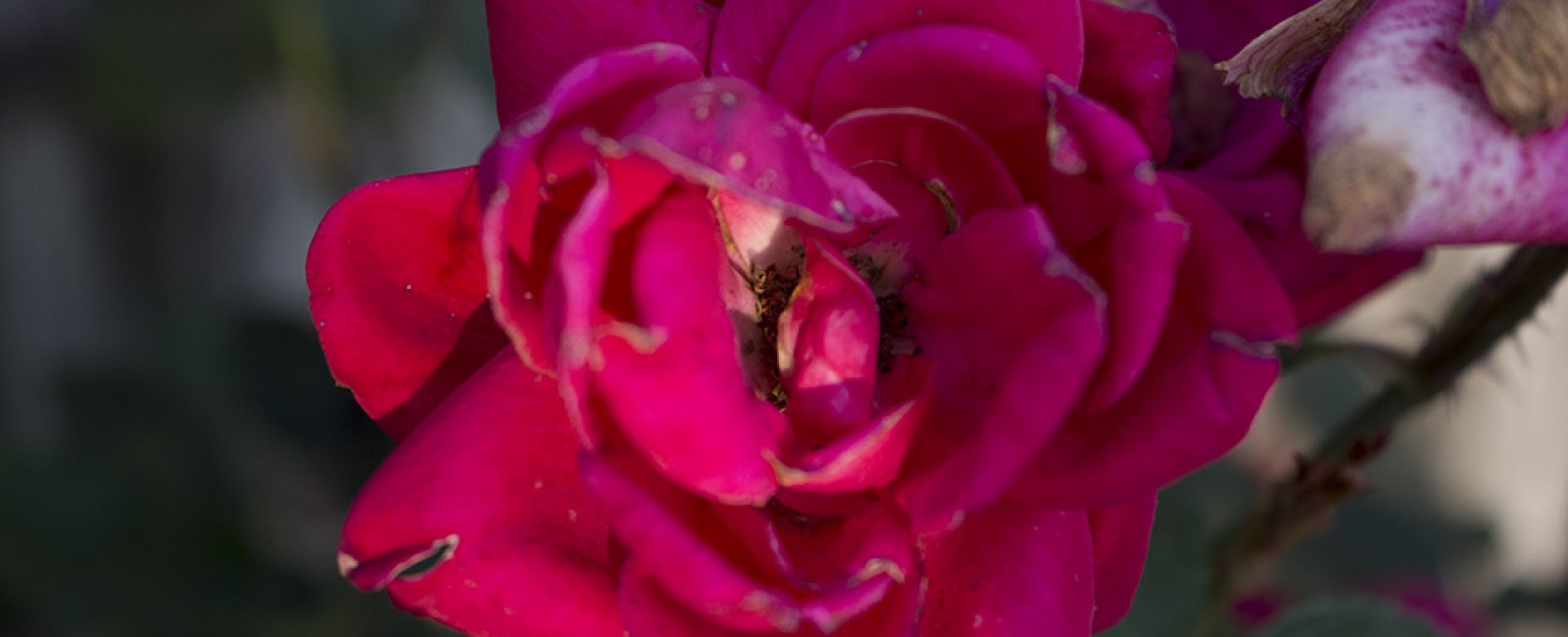|
Plants are annuals or tender perennials in mild-winter regions. Open, trumpet-shaped flowers bloom in brilliant colors of gold, orange, scarlet, rose and a range of hues in between. Five-petaled flowers are carried well above the compact, bright-green, pancake-shaped leaves by thin hollow stems. They bloom all summer and into first cool days of Fall. There are several types of nasturtiums. Sprawling and climbing vine types grow with support up to 6 feet. These are ideal for a cool greenhouse or protected sunporch where the soil will not freeze. The more common and dwarf and bushy types, “Tom Thumb” or “Whirlybird,” rarely reach more than 1-1/2 feet high. They make colorful edgings for garden beds or in window boxes and planters. Planting and Care:The big wrinkled seeds are easy to press into the soil, a perfect opportunity to get children involved in the garden. For winter gardens in mild climates, start seeds in pots in August or September. Plant in early Fall when the warm soil encourages rapid germination. For spring gardens, plant in the full sun to partial shade in ordinary moist soil with good drainage. Harvesting and Use:Chop fresh leaves to add a tangy taste to a salad or use whole like its cousin, watercress, in rolled tea sandwiches. President Eisenhower added finely chopped nasturtium flowers, leaves and stems to his vegetable soup. LIkewise, use them in green salads for color and flavor. Mince flowers and leaves into whipped sweet butter for savory dinner rolls. Blossoms serve as unusual, colorful containers for dips and sandwich fillers. Nasturtium Hors D’ Oeuvres recipe:For Hors D’ Oeuvres that are a real conversation piece, stuff large Nasturtium leaves with Tuna, Shrimp, Crab, Chicken Salad or Guacamole. Use about a teaspoon per leaf. Roll up, secure with toothpicks and cover with French Dressing. Marinate before serving. |
Herbal Body, Bath & Beauty – Culinary – Gifts & Art


